Detroit teachers began training to volunteer to help assist healthcare workers to fight influenza
On Oct. 25, 1918, at the direction of the health department, Detroit teachers began training to volunteer to…

On Oct. 25, 1918, at the direction of the health department, Detroit teachers began training to volunteer to…
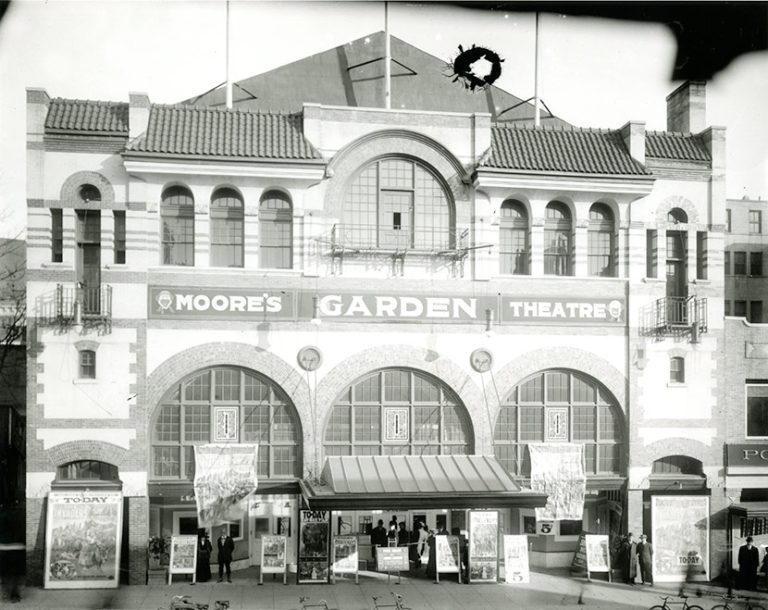
Oct. 24, 1918, the city of Albany was reopened. Schools and most movie houses were to remain closed…

On Oct. 23, 1918, St. Paul health officer Dr. B. F. Simon proudly announced that there had only been…

On Oct. 23, 1918, the Los Angeles Times ran a statement from the California Governor William Dennison Stephens…
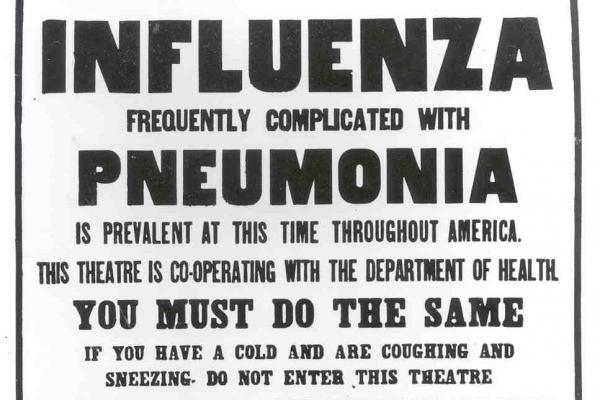
On Oct. 22, 1918, the Nebraska Board of Health ordered a statewide gathering ban on groups of twelve…

On Oct. 21, 1918, Boston schools reopened to students. The District Nursing Association warned Bostonians that, despite the…
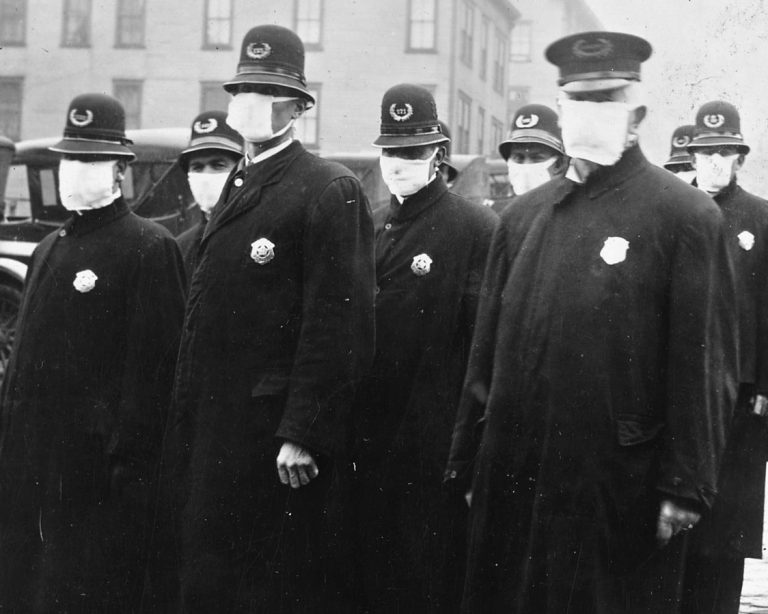
On Oct. 21, 1918, the board of health and school officials met and decided to close all public,…
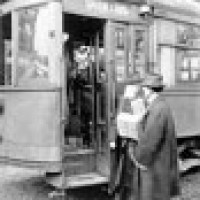
On Oct. 21, 1918, going against health orders, the Minneapolis Board of Education voted to reopen public schools,…
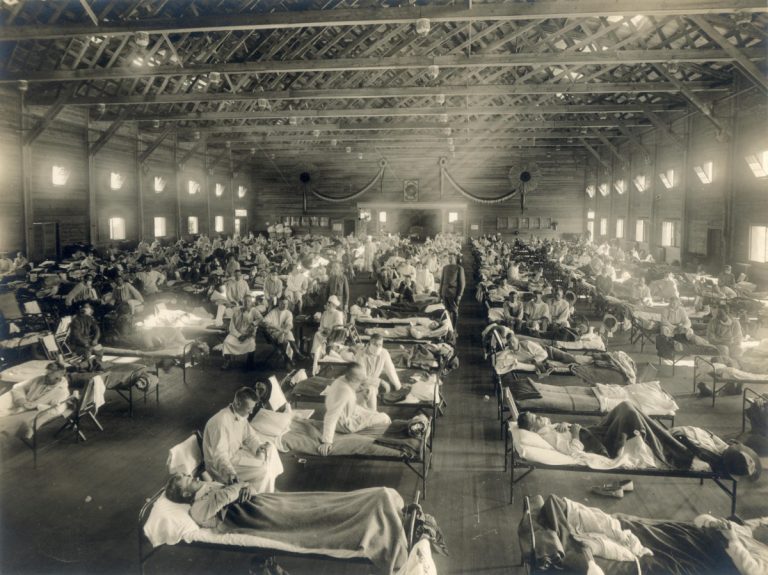
On Oct. 21, 1918, Cleveland reached a milestone of 1000 reported influenza cases last Cleveland hospitals. Within just…
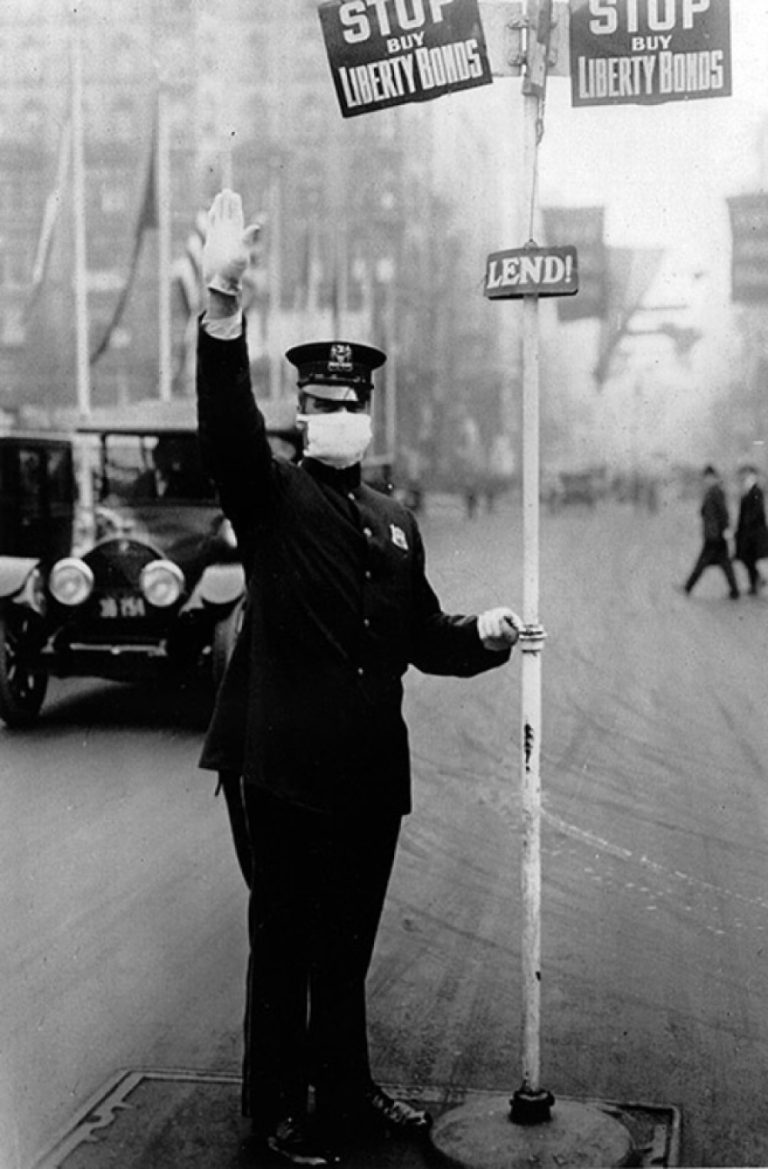
On Oct. 20, 1918, Health Commissioner Dr. Max C. Starkloff ordered a restriction of St. Louis business hours,…
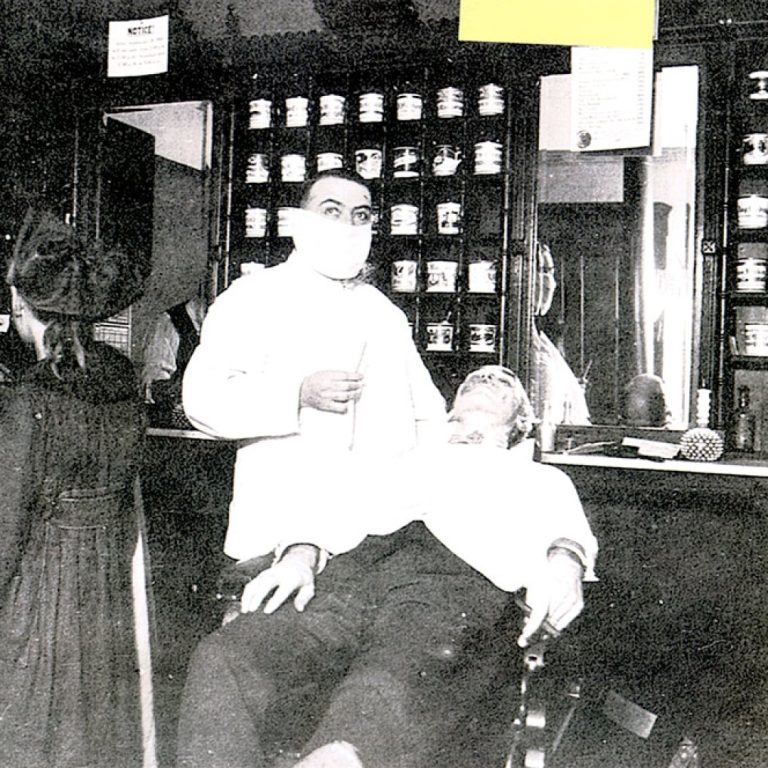
On Oct. 19, 1918, it was reported that over 3,500 Bostonians had died from influenza or pneumonia since…

On Oct. 19, 1918, the number of influenza cases in Minneapolis had reached about 3,000. When the Retailer’s…
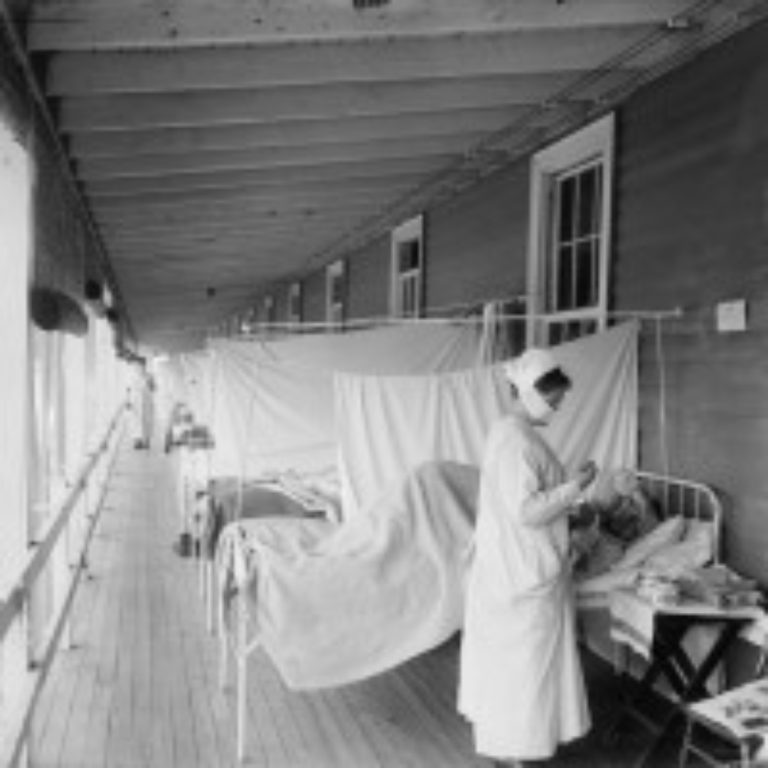
By Oct. 19, 1918, the epidemic continued to grow worse with 4,875 new cases of influenza reported in…

On Oct. 18, 1918, despite the wishes of Detroit officials, Michigan’s Governor Albert Edson Sleeper and the state…

On Oct. 18, 1918, the Kentucky Board of Health ordered all saloons and soft drink stands to operate…
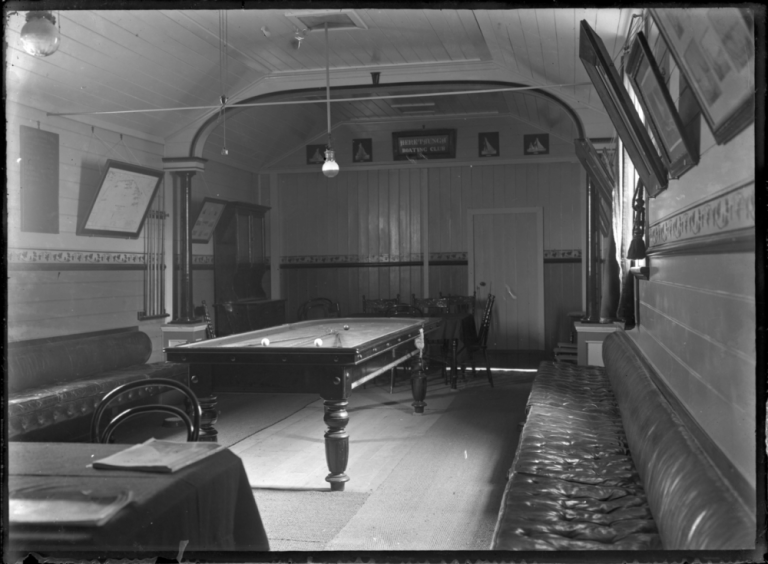
On Oct. 18, 1918, Birmingham recorded its highest influenza death toll in a day, and the city voted…

On Oct. 17, 1918, Detroit Health Commissioner James Inches prohibited soldiers and sailors from entering Detroit, to try…
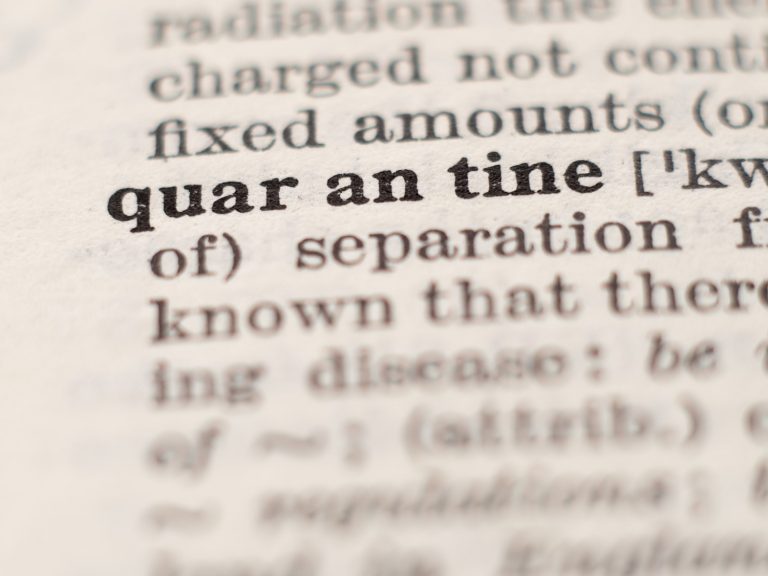
On Oct. 17, 1918, Kansas City Mayor Cowgill, after recognizing the earlier closure was premature, ordered a second…
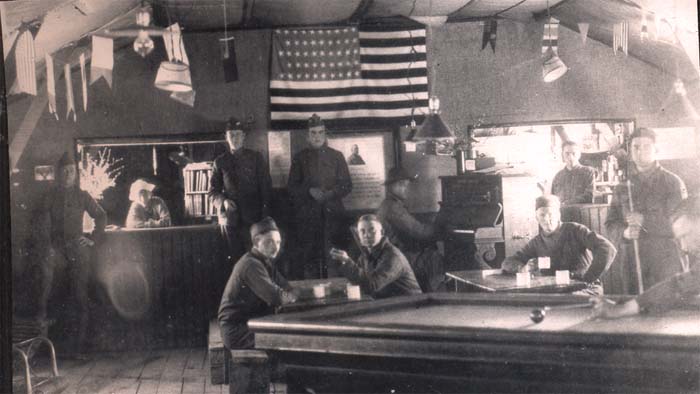
On Oct. 16, 1918, the Illinois Influenza Advisory Commission decided to ban all non-essential public gatherings. State Health…
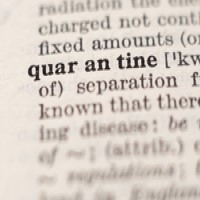
On Oct. 16, 1918, Fort Douglas, just outside Salt Lake City, was ordered completely quarantined.
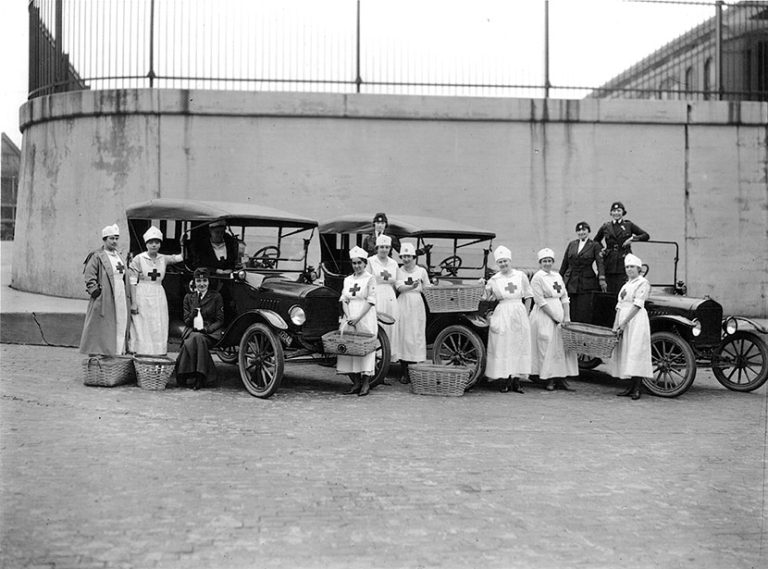
On Oct. 15, 1918, another 800 influenza cases were added to the rolls, the highest number to-date. The…
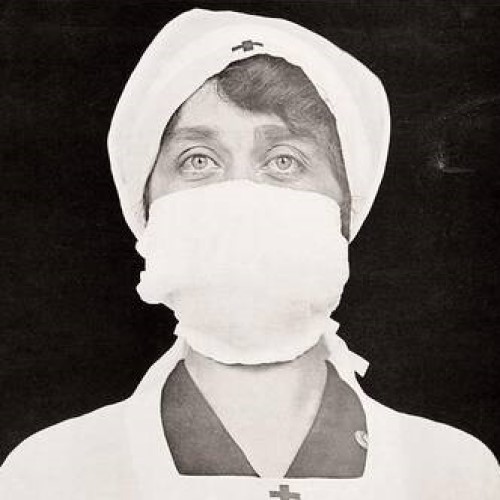
On Oct. 15, 1918, children were to report to their classrooms as usual in the morning, where attendance…

On Oct. 15, 1918, Chicago’s Advisory Commission ordered all theaters, movie houses, and night schools to close, as…

By Oct. 15, 1918, over 3,500 Bostonians had died from influenza or resulting pneumonia since the epidemic began….

On Oct. 15, 1918, after Health Officer Dr. William H. Peters fell ill with influenza, Dr. Oscar Craven…
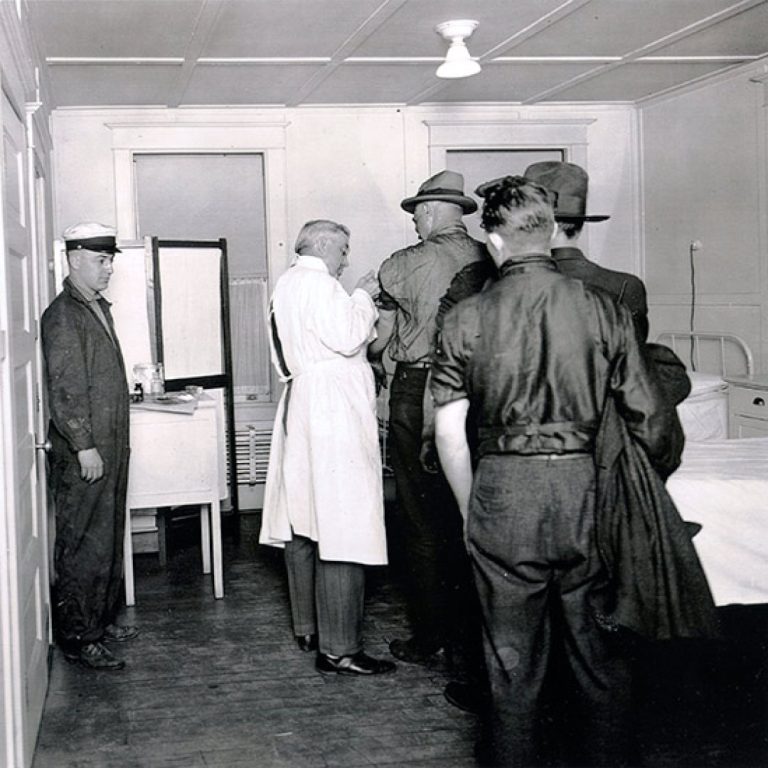
By Oct. 15, 1918, the number of St. Louis influenza cases had reached over 3,000, leading to hospital…

On Oct. 14, 1918, Kansas City’s influenza closure order and gathering ban were lifted, and schools directed to…
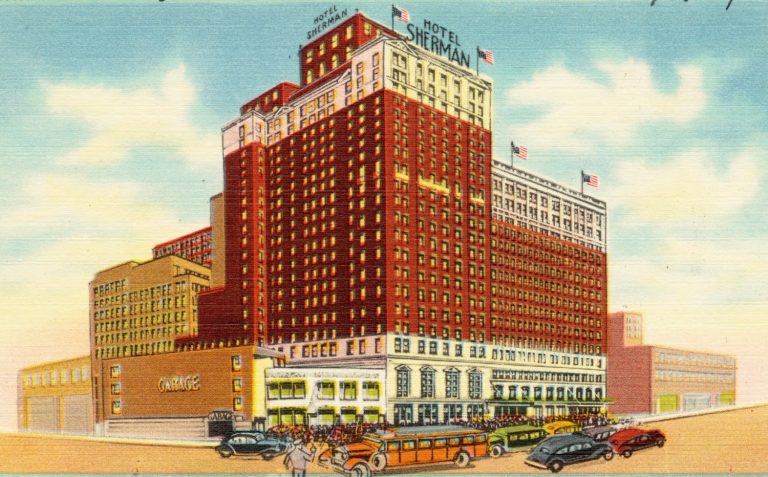
On Oct. 14, 1918, the Illinois Influenza Advisory Commission invited representatives from professional organizations, the Red Cross, clubs…

By Oct. 14, 1918, Cincinnati influenza case and fatality reports demonstrated the highest death rate since the epidemic…
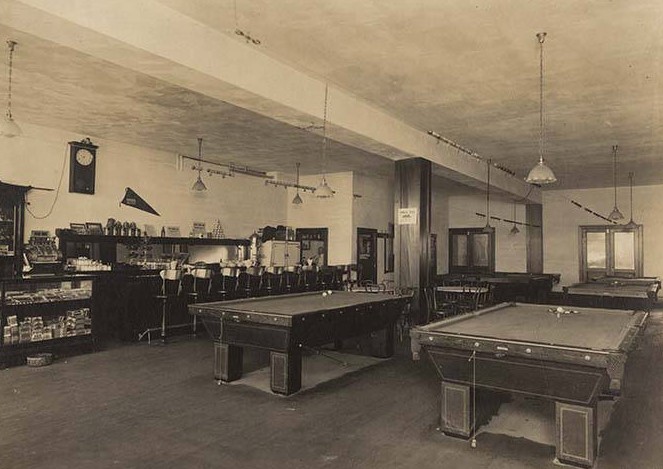
On Oct. 12, 1918, Dallas Mayor Lawther ordered all public and private schools, churches, and other public gatherings…